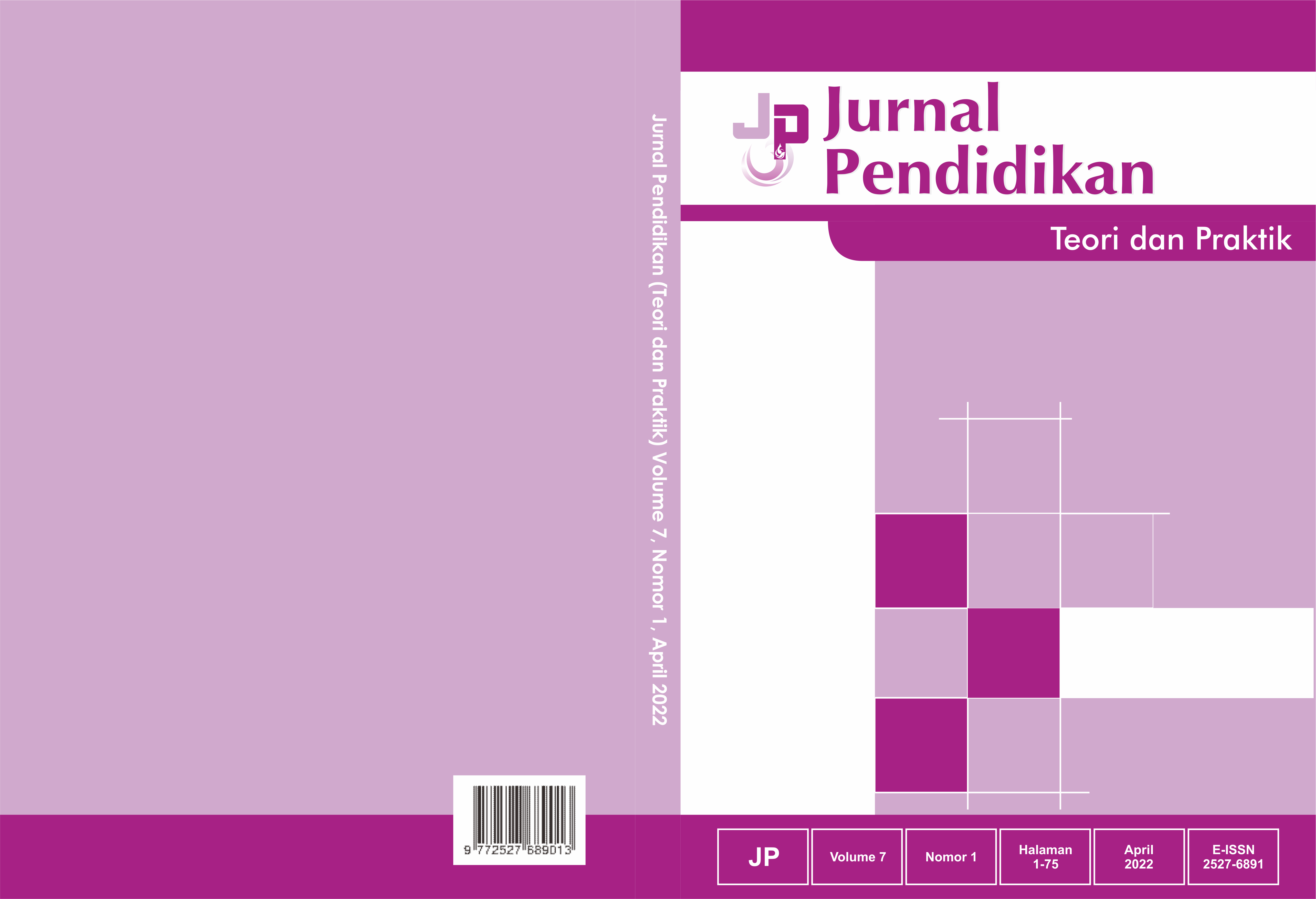WHY DO STUDENTS ENGAGE IN BULLYING? OTHER FACTORS FOUND TO CONTRIBUTE TO STUDENT BULLYING
DOI:
https://doi.org/10.26740/jp.v8n2.p161-171Keywords:
Cause, Bullying, Elementary schoolAbstract
Bullying is a significant issue in the Indonesian education system, and one way to address it is by identifying its causes. This research aims to analyze the reasons behind students engaging in bullying. The study employs a qualitative approach using a descriptive method involving interviews, observations, and documentation to uncover the factors contributing to student bullying. The subjects of this research were five students from class IIA, selected through purposive sampling. Data obtained were analyzed using triangulation techniques. The research results indicate that the factors contributing to students' bullying behavior in elementary school include: 1) Family factors, as parenting styles and home conditions can influence a child's behavior; 2) Peer environment factors, such as the attitudes and characteristics of peers who exert a dominant influence, as students at this age are easily influenced by others; and 3) Factors related to the bullying victims themselves, as their daily attitudes affect how they are treated by others. Based on the research findings, these three factors can be the focus of efforts to prevent and address bullying cases in educational environments, thereby reducing bullying incidents in schools.
References
Astuti, Sulistiyana, & M. A, S. (2021). Effectiveness of Role Playing Techniques To Reduce Verbal Bullying Behavior Through Group Counseling Services of Islamic School Students of Sabilal Muhtadin. J. Pelayanan Bimbing. Dan Konseling, 4.
E. Andina. (2014). Culture of Violence Between Children in Elementary Schools. A Br. Inf. J. Soc. Welfare, 6(A Br. Study Latest Issues).
Fajrin, N., & Christina, E. (2020). VERBAL DI SEKOLAH DASAR Novia Mentari Fajrin Abstrak. Jurnal BK Unesa.
Fiantika, F. R., Wasil, M., Jumiyati, S., Honesti, L., Wahyuni, S., Mouw, E., Mashudi, I., Hasanah, N., Maharani, A., & Ambarwati, K. (2022). Metodologi Penelitian Kualitatif. Get Press.
Halimah, M. (2020). Penanganan Perilaku Perundungan di Sekolah Dasar Memakai Metode Golden Circle (Studi di SDN Tanah Sereal 03 Pagi Jakarta).
Hertinjung, W. S. (2013). Bentuk-bentuk perilaku bullying di sekolah dasar.
Latifah, N., Munajah, R., & U. Hasanah. (2021). Pengantar Sastra Anak. Universitas Trilogi 2021.
Lestari, W. S. (2016). Analisis faktor-faktor penyebab bullying di kalangan peserta didik (studi kasus pada siswa smpn 2 kota tangerang selatan).
M. G. Zacharia, & Y. B. Yablon. (2021). Bullying in Schools and Student Security in Schools: The Moderating Role of School Climate. Eur. J. Psychol. Educ, 37.
M. Z. Rohman. (2016). Relationship Between Age, Grade Level, and Gender with the Tendency to Be a Victim of Bullying. Proceedings of the University Research Colloquium.
Muspita, A., Nurhasanah, N., & Martunis, M. (2017). Analisis faktor-faktor penyebab perilaku bullying pada siswa SD Negeri Kecamatan Bukit Kabupaten Bener Meriah. JIMBK: Jurnal Ilmiah Mahasiswa Bimbingan & Konseling, 2(1).
Musslifah, A. R., Cahyani, R. R., Rifayani, H., & Hastuti, I. B. (2021). Peran pola asuh orang tua terhadap perilaku agresif pada anak. Jurnal Talenta, 10(2).
Nurhamzah, W., Maureen, A., & Wiguna, T. (2013). Gambaran bullying dan hubungannya dengan masalah emosi dan perilaku pada anak Sekolah Dasar.
Setiowati, A., & Dwiningrum, S. I. A. (2020). Strategi layanan bimbingan dan konseling di sekolah dasar untuk mengatasi perilaku bullying. Elementary School: Jurnal Pendidikan Dan Pembelajaran Ke-SD-An, 7(2).
Sufriani, S., & Sari, E. P. (2017). Faktor yang mempengaruhi bullying pada anak usia sekolah di sekolah dasar Kecamatan Syiah Kuala Banda Aceh. Idea Nursing Journal, 8(3).
Sugiyono. (2022). Metode Penelitian Kuantitatif, Kualitatif, dan R&D (4th ed.). Alfabeta.
Wahidmurni. (2017). Pemaparan Metode Penelitian Kualitatif. Res. Repos. UIN Maulana Malik Ibrahim.
Zakiyah, E. Z., Humaedi, S., & Santoso, M. B. (2017). Faktor yang mempengaruhi remaja dalam melakukan bullying. Prosiding Penelitian Dan Pengabdian Kepada Masyarakat, 4(2).
Downloads
Published
How to Cite
Issue
Section
License

This work is licensed under a Creative Commons Attribution-ShareAlike 4.0 International License.
 Abstract views: 849
,
Abstract views: 849
, PDF Downloads: 916
PDF Downloads: 916








.png)





